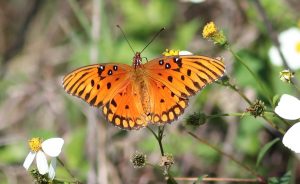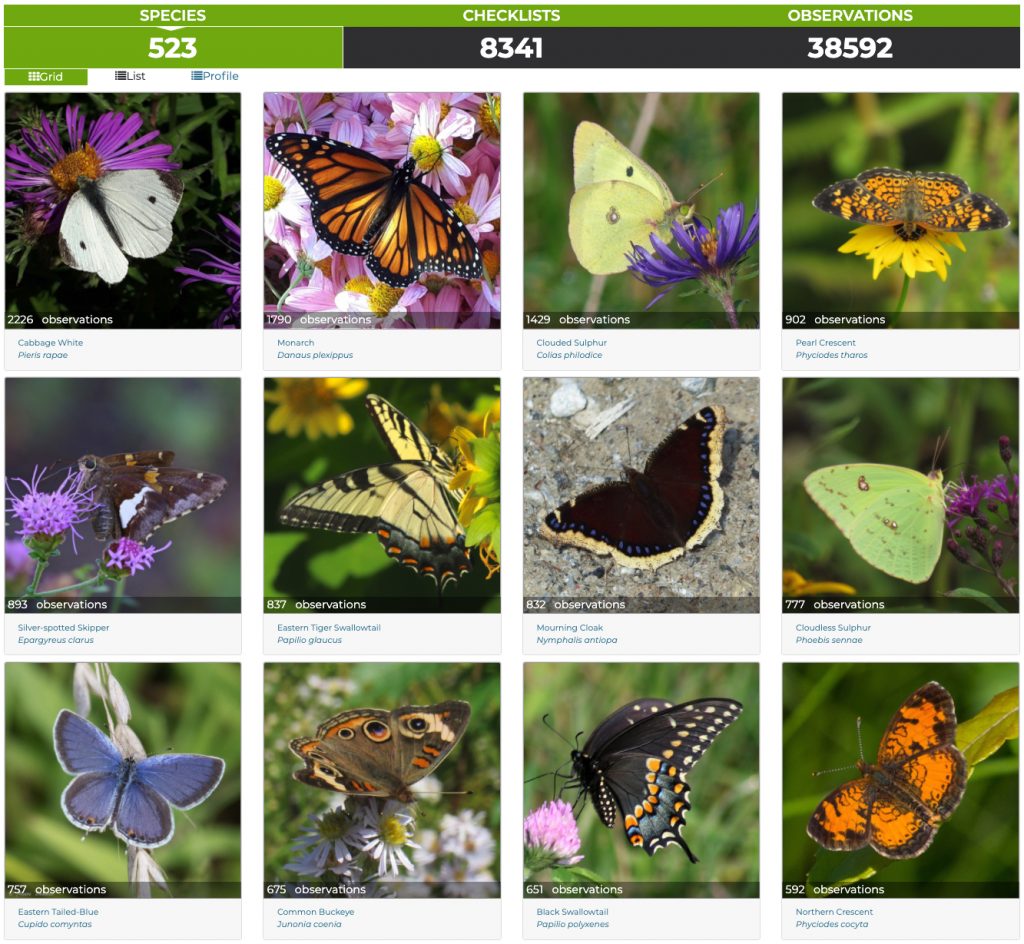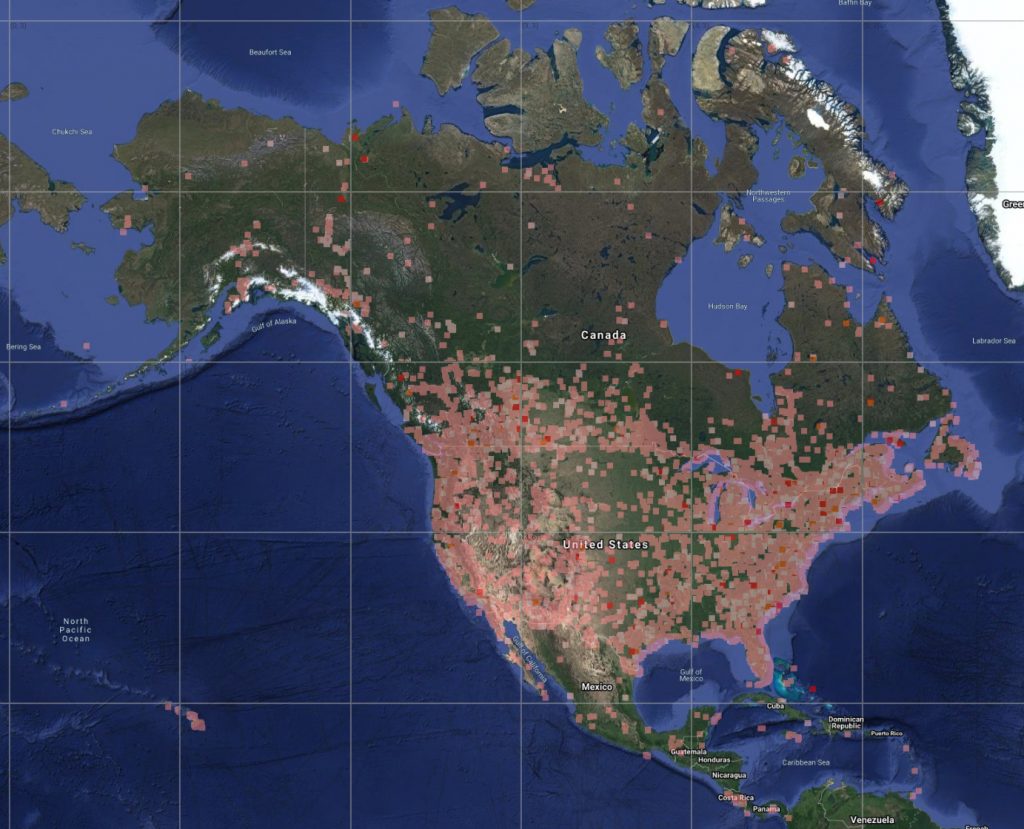(English) 2020 eButterfly Year in Review

From the first observation of 2020, a Gulf Fritillary nectaring on the Gulf coast of Florida submitted by Gary Leavens, to a Long-tailed Skipper nectaring at the end of December shared by mbspang, butterfly watchers added over 38,500 butterfly records to the ever growing eButterfly database of checklists. The reports fluttered in all summer long. We had more than 8,300 checklists with over 22,000 photographs comprising 523 species of butterflies reported during the year.
There’s no doubt that 2020 was a challenging year. More people turned to nature than ever before to find comfort, hope, and a sense of connection with others. Thank you for joining us. You make a difference, from inspiring and helping others who come to eButterfly and butterfly watching, to sharing your observations with the the many people who use them for research, conservation, and education.

eButterfly Expansion and New Tools
This year we were also thrilled to release an expanded and retooled eButterfly. Now you can track butterflies you’ve seen from Panama to the Caribbean and north to the far reaches of the arctic, covering over 3,000 species of butterflies. eButterfly now covers over 40 countries and more than 3,000 species, many of them rarely studied, eButterfly allows anyone to report, store, organize and view vast amounts of data on butterfly distribution and diversity across the region. It also displays lists, photos and real-time maps of butterflies from its ever-growing reservoir of nearly 428,000 butterfly observations and nearly 182,000 photographs from more than 41,000 locations shared by nearly 8,000 observers like you.

We added social media-inspired features to facilitate sharing and communication between users to make it a better experience for you and build a more connected and engaged eButterfly community. Here’s a few of our favorite new tools and improvements we’ve made:
- A completely new design and user interface that is also smartphone and tablet compatible.
- Are you curious about a sighting or think an observation photograph is particularly fascinating? eButterfly now allows you to publicly comment on a checklist or observation, or send a private message to another user within eButterfly. Asking each other questions and discussing sightings live on eButterfly allows users to share and learn like never before.
- Now everyone can help verify butterfly records! We’ve created a more efficient and fun, crowd-sourced verification system for eButterfly. Borrowing from the experience of our friends at iNaturalist, we’ve implemented a whole new way for everyone to contribute. Virtual butterfly watching is almost as fun as the real thing!
- Perhaps you watch and count butterflies with a group of friends. Checklists can be shared with other users in the group so that only one person in the party needs to enter the data. After it is shared you can even customize the checklist to what you actually observed, keeping your life lists in perfect order.
- Do you like to track what you find in your butterfly garden or another favorite location? Now you can track your all-time or annual yard lists (or any area you choose) automatically.
We have not stopped with improvements and new features! All year long our designers and programmers have been working hard. Soon we’ll be releasing a vastly improved communication center for users, the site will be fully available in French and Spanish, and we’ve improved data entry to make it even easier for you. We also have a team of computer scientists and programmers working on an Artificial Intelligence system that will help users identify butterfly observations from images, dates and locations. This will be a boon to those new to butterfly watching or visiting places with species that are unfamiliar to them. Of course, we’ll always rely on users to help identify observations too through our new crowd-sourced identification system.
A Salute to the Top Users
Have you ever wondered how many butterflies you are finding compared to others? Maybe you’d like to know which year you had your best list? Check out the Top 100 tool. Right now you can see a ranked list of users all-time or each year you select and see where you rank. Soon, we’ll have this tool available to explore for every country and state/province too!
Every observation counts, but some eButterfly users are exceptionally prolific. Congratulations and thanks to all these power users that are enjoying butterflies in the field and sharing them with everyone at eButterfly!
Top 5 eButterfly Users in 2020
Top 10 eButterfly Users All-time
Collecting Big Butterfly Data for Science and Conservation
No matter how many checklists you were able to submit, we thank you for helping us to collect invaluable data for science and conservation. Similar to eBird, the ‘complete checklist‘ approach of eButterfly significantly increases the scientific value of each observation you share. Complete checklists allow you to collect abundance and information on co-occurring species while tallying effort (time and distance travelled), all at high spatial and temporal resolutions.
When combined and analyzed, these data enable us to build next-generation species distribution models that inform scientists on the movements of species range boundaries and areas of abundance across the landscape at an astounding level of temporal and spatial detail. It will help greatly with population monitoring and conservation decisions across the hemisphere. But we can’t do all of this without your help in gathering big butterfly data.
eButterfly has already been a source of discovery for several new species expanding their ranges far beyond what was previously known. From first records for the continent, like the Perched Saliana butterfly photographed and shared on eButterfly at Estero Llano Grande State Park in Weslaco, Texas in 2016, to the first Quebec record for Long-tailed Skipper photographed by a visitor right in the Insectarium gardens in 2016– there are many new state and provincial species discovered by eButterfly users in North America. Expanding to Central America and the Caribbean will really accelerate the rate of new discoveries in those countries where there’s been a lack of reporting.
A peer-reviewed study by researchers at the University of Ottawa compared eButterfly data to professionally-collected observations to measure the extent of new distributional and regional species richness information that opportunistic citizen science generates. eButterfly contributed new distributional information for ~80% of butterfly species, with volunteers detecting species significantly earlier each year than professionals.
“This really speaks to the ability and power of eButterfly’s citizen science approach,” said lead author Peter Soroye.
Every time butterfly watchers raise binoculars and cameras to record a butterfly sighting, they collect important data. Recording the number, date, and location of each and every butterfly, no matter how common or rare, may seem trivial, even repetitive— but this detailed information can be invaluable to science and conservation. Butterflies act as early warning signals for habitat degradation, climate change, and other ecological forces. Citizen science programs like eButterfly allow volunteers to submit checklists from anywhere, and can quickly amass large volumes of both historic and current observations.
eButterfly is the tool for any butterfly enthusiast. You don’t have to be an expert to make a difference. Everyone can play a part, and it couldn’t be easier. Just login to eButterfly and contribute your butterfly discoveries and help others verify their records in 2021. And stay tuned for more new tools and improvements in the next few months!